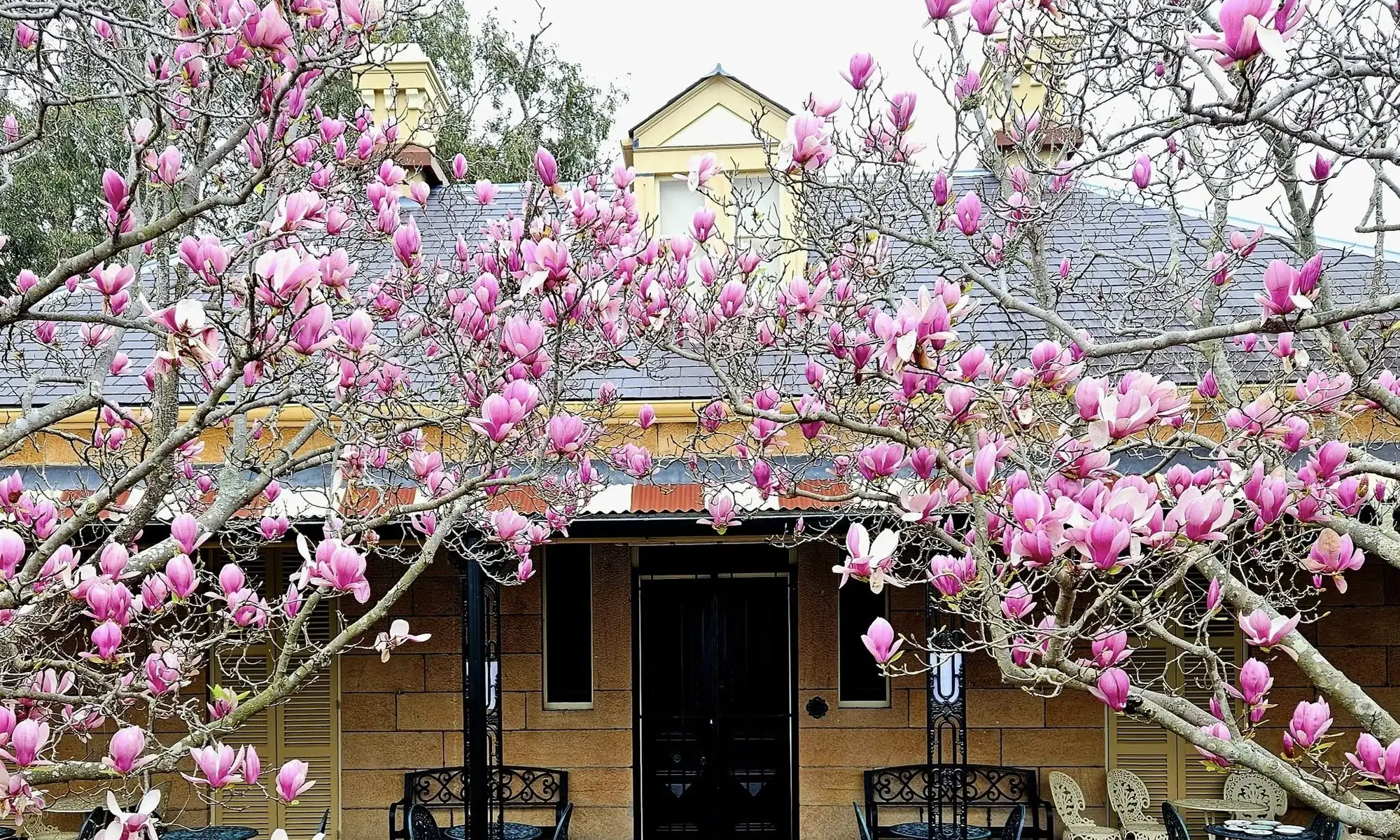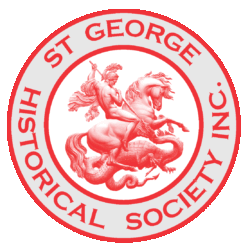The question of giving railway communication to Botany was considered in 1882 when it was proposed to extend a line from Everleigh, via Waterloo to the Botany area. In 1902 a trial survey was made from Erskineville to Botany and also from Flemington to Belmore, the estimated cost then being 107,933 and 56,738 pounds respectively.
The Minister for Public Works, Hon. E W O’Sullivan, promised that the question would be referred to Cabinet with a view to the line being referred to the Public Works Committee.
In August 1909, the question of a railway to Botany from the nearest point on the then existing system was brought under the notice of the then Minister for Public Works, Hon C A Lee, by a deputation, including the mayors of Botany and North Botany and representatives of the Pastoralists Union; The Sydney Meat Preserving Co; the Sandown Freezing Works, Clyde; the Wool Combing Mills, Botany; the Bunnerong Wool Scouring Works, Botany; the Metropolitan Coal Agency and others. It was pointed out that the construction of a railway to Botany was indirectly before the Public Works Committee in connection with the proposed line from Flemington to the new abattoirs and that a recommendation should form portion of the scheme in connection with the establishment of new abattoirs at Homebush.
It was admitted by the Minister, in the course of his reply, that the line was one that must be built, and that as soon as a new survey was completed the line would be referred to the Committee.
A further deputation representing residents and other interested bodies waited on the Minister of Public Works, Mr A Griffith, in 1911, when it was urged that as the abattoirs were to be removed from Glebe Island to Homebush Bay, and the bulk of the by-products were treated in Botany, a railway to the latter place should be put in hand at once, so that it might be available by the time the new abattoirs were completed. This proposal was submitted to the Public Works Committee in March 1912.
Two proposals for the route were considered, one from Tempe along the north side of Cooks River to Cooks River Rd, crossing Alexandria Canal a few chains south of St Peters Park, then to Ascot Racecourse terminating in a “Y” shaped branch, one of which was to terminate on Botany Pier and the other on the southern side of Botany Rd between it and the bay. The other suggestion, approved by the Chief Commissioner for Railways, Mr T R Johnson, allowed the line to leave the Illawarra line a little to the north of Sydenham Station, rising gradually, cross the Illawarra line by means of a bridge, with a connection with the Belmore line.

It was estimated that 100 tons of skins per day would be forwarded from Homebush to Botany, and in addition, the local Botany industries would require 60,000 tons of coal and 100,000 tons of raw material per year, the whole being carried from St Peters, Sydenham and Alexandria stations.
A branch line, 1 mile 50 chains long, was also suggested to Alexandria a junction with the then proposed Eastern Suburbs Railway.
After a careful inquiry, the Committee recommended that the railway extension to Botany, from Sydenham, be carried out. Construction was by the Department of Railways, and the line opened for traffic on the 11th October 1925.
The length of the line is 5 miles 28 chains long, made up of 26 chains double track and 5 miles .02 chains single track. Maximum gradient is 1 in 80 and the sharpest curve 12 chains. The main goods yard is at Cooks River with a smaller yard at Botany. A deviation of the line around Mascot airfield of 10.5 chains was opened on 22nd March 1960, making the line 5 miles 38.75 chains in length.
Sidings from Marrickville end:-
- Cooks River Goods Yard – 17 sidings.
- Southern Portland Cement
- BHP By-Products
- Mascot Goods sidings and loop
- Commonwealth sidings
- Stewart & Lloyds
- Ready Mixed Concrete
- Total Oil Co.
- Kelloggs
- Bates
- Botany Goods Yard
- Goods line
- Goods loop
- Goods siding
- H C Sleigh
- Boral
- Bunnerong – Switch House
- A.O.R.
- Boral
- 8 sidings to Power House
This article by the late W. Foster was kindly submitted by Mrs Ruth Foster.
This article was first published in the June 1990 edition of our magazine.
Browse the magazine archive.

